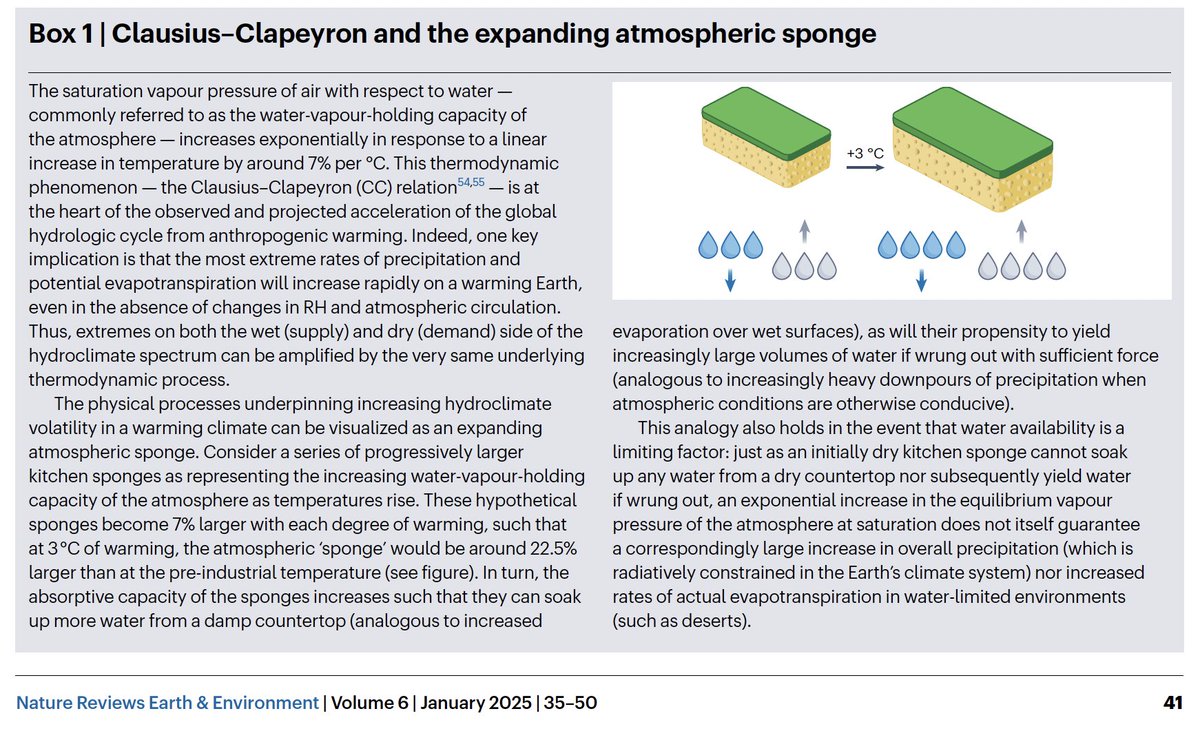Some thoughts on impacts from ongoing and likely prolonged very wet spell in NorCal. (Short thread). TL;DR: widespread heavy precipitation is likely, with mostly minor flood issues becoming more widespread this weekend & *possibly* more significant next week. [1/n] #CAwx #CAwater
Lighter precipitation continues today, but the next significant storm will be this weekend. This will come in the form of a moderately strong low pressure system coupled with a robust, warm, and relatively slow-moving atmospheric river. #CAwx #CAwater [2/n] 

This New Year's storm will bring heavy rainfall to essentially all of NorCal, and widespread precipitation to SoCal as well. This storm will be quite warm, too, with very high freezing levels initially bringing rain even at 7,000 feet. #CAwx #CAwater [3/n] 

Flood Watches are in effect across much of NorCal for this system. At this time, it still appears that any flooding from weekend storm would be mostly minor and of the urban/small stream variety, but will likely be more widespread than with the last storm. #CAwx [4/n]
However, the New Year's storm won't be the last in the sequence. In fact, a veritable parade of Pacific storms may continue to affect most or all of California for the next 10+ days. Multi-model ensembles agree on potential for large 10-14 day precip accumulations. #CAwx [5/n] 

For example: here is a visual depiction of presently projected range of precipitation trajectories over the next 16 days for Sacramento. Mean is ~9.5 inches (quite a lot for Sac!), but range is ~6 to ~18 (!) inches over that period (a three-fold difference)! #CAwx #CAwater [6/n] 

This is why assessing impacts over the next couple of weeks is tricky. Flood impacts from the low end of ensemble range would be minor/unremarkable; impacts from the upper end would be quite high. The median? Probably widespread minor to locally moderate flooding. #CAwx #CAwater
This is a great pattern for drought relief. It's likely being caused by some unanticipated strong sub-seasonal scale forcing (certainly isn't a La Nina pattern!) that will likely dissipate by mid-Jan. But we will see a whole lot of precip between now & then!#CAwx #CAwater [8/end]
• • •
Missing some Tweet in this thread? You can try to
force a refresh










